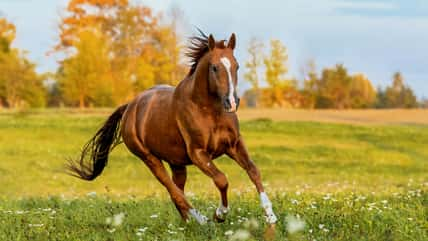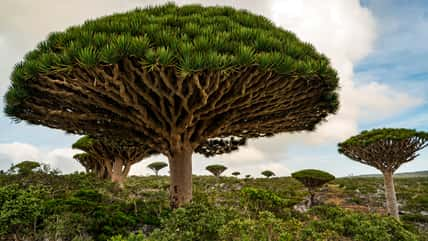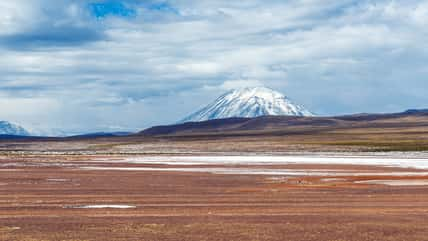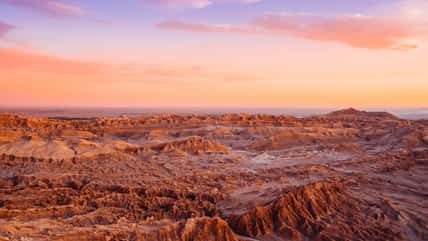The Oldest Moss In The World Has Survived Four Mass Extinctions, But Now It’s In Danger Of Disappearing Forever

For 390 million years, a rare moss called Takakia has adapted to life on the cliffs of the Tibetan Plateau in the Himalayas, persisting through four mass extinctions.
The genus is considered to be the world’s oldest moss and is one of the fastest-evolving species of any moss.
However, a team of researchers who have been studying the moss for over a decade have stated that Takakia may not be adapting quickly enough to survive humans and climate change. Now, it’s facing extinction.
Takakia consists of just two species. They can be found individually in the United States and Japan, but they grow together only on the Tibetan Plateau, an area that reaches high altitudes and is covered in snow for the majority of the year.
When the snow melts away to reveal the moss, it is then exposed to high levels of ultraviolet radiation.
Takakia is very different from other plants, with features such as featherlike leaves and a lack of pores for controlling oxygen and carbon dioxide flow.
In 2005, one of the authors of the study, Dr. Xuedong Li, discovered Takakia populations at an altitude of over 13,000 feet.
Since then, the researchers have been analyzing the moss. The results of their study have shown that rising temperatures have significantly altered the region where both species of moss grow, contributing to the decline of their range.
Over the years, the team tested the moss’s ability to withstand extreme cold and solar radiation, which are traits it adapted as the Himalayas began to stretch toward the sky 65 million years ago.
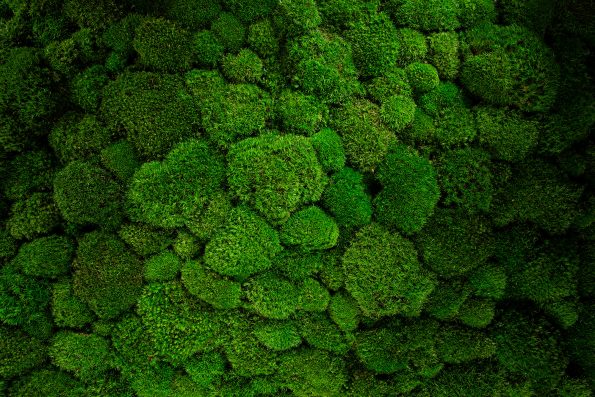
Lukas Gojda – stock.adobe.com – illustrative purposes only
The researchers determined that while under the snow, Takakia goes dormant for eight months out of the year and completes all of its growth during the three to four months when it receives light.
They also compared Takakia with other mosses to see how well it held up against high amounts of UV light.
The hardy moss remained unharmed, but the others started to die within 72 hours. A plant biotechnologist with the University of Freiburg in Germany named Ralf Reski said that the moss produces “high amounts of metabolites like flavonoids and polyunsaturated fatty acids to protect against radiation.”
Furthermore, the team compared live samples of Takakia with fossils from 165 million years ago. They found that although the moss evolved to thrive in the mountains, its physical appearance has remained the same throughout all that time.
“Although the Takakia genome is evolving so rapidly, the morphology has not changed recognizably for more than 165 million years,” said Reski.
“This makes Takakia a true living fossil. This apparent contrast between unchanged shape and rapidly changing genome is a scientific challenge for evolutionary biologists.”
Still, their speed seems to be no match for climate change. The researchers documented an average temperature increase of almost half a degree Celsius per year in Takakia’s habitat.
At the same time, the coverage of Takakia in their sample sites is decreasing at an alarming rate—1.6 percent per year—faster than four other mosses in the region.
The trend is expected to continue, and the researchers predict that by the end of the 21st century, the moss could be extinct. In the meantime, scientists are transplanting Takakia to other places in Tibet in the hopes that it will continue to grow there.
“Takakia has seen the dinosaurs come and go. It has seen us humans coming. Now, we can learn something about resilience and extinction from this tiny moss,” concluded Reski.
Sign up for Chip Chick’s newsletter and get stories like this delivered to your inbox.
More About:News
